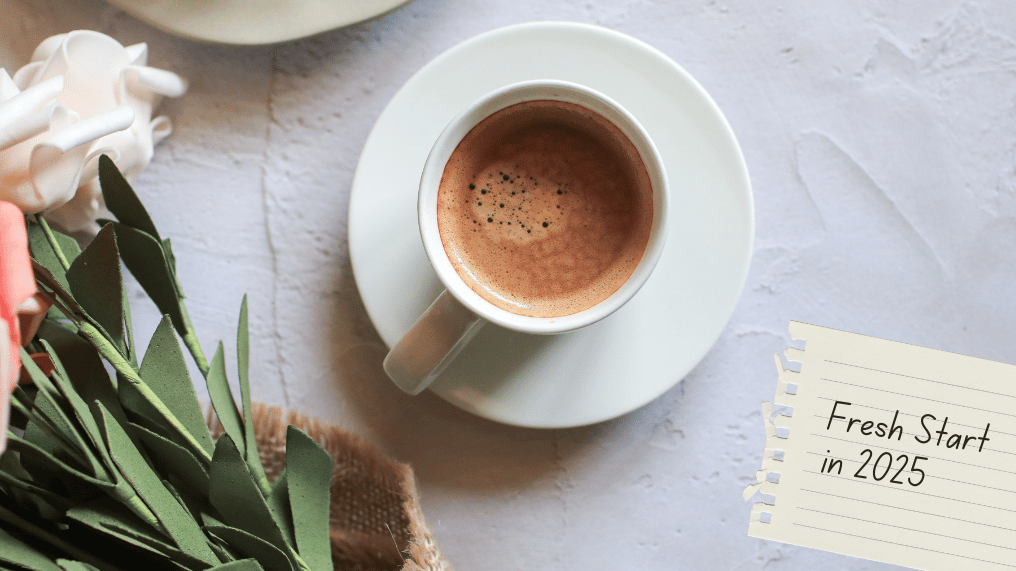Marketing a lifestyle vs. marketing a product, what should a brand do?
In future, all brands will be lifestyle brands, and all marketing will be lifestyle brands marketing.
People always feel that their current life is not good enough and long for an ideal lifestyle. As Milan Kundera’s Life is Elsewhere says, real life is elsewhere…life is an endless search for meaning.
Lifestyle is an umbrella concept, encompassing all forms of activities and behaviors that a person engages in to meet one’s own needs in life. And lifestyle can be expressed in so many ways, including one’s work style, consumer behaviour, spiritual and social life, and so on.
What is a lifestyle brand?
When we talk about lifestyle, we often use some conceptual terms, such as healthy, stylish, luxury, spiritual, relaxed and so on.

In marketing, lifestyle can be a fascinating concept. A person’s lifestyle is influenced heavily by his or her social status and cultural conventions, but will ultimately be determined by this person’s economic conditions, values, interests, and hobbies. Moreover, in an era that embraces self-expression, people want more than just functionality and quality from a product, but also want the products they use to reflect their personality, values, aesthetics, and social status, and express their emotions and attitudes too.
Sometimes, through the product they use, people are even trying to express their longings for a better life they dream about.
Therefore, a great opportunity exists here for lifestyle brands.
When their products go beyond satisfying the fundamental needs, and give customers added values in emotional and cultural aspects, they also break through the boundaries of product seller and lifestyle trendsetter. After all, lifestyle can be seen as a type of self-expression that will be strengthened with the consistent selection of products and services of the same style.
But, it is difficult for brands to market a lifestyle
There are mainly 2 difficulties when brands are marketing a lifestyle, instead of marketing a product.
- First of all, the lifestyle concept is too vague and too broad.
We all have heard about living a healthy life, or living a simple life, etc. But how? What products can help us live in this lifestyle?
A common problem lifestyle brands face is sometimes a good concept cannot be converted to a real business opportunity.
- Secondly, for lifestyle brand, the more may not be the better.
Many lifestyle brands has a huge range of products, ranging from everyday basics to premium products that are supposed to help people create the ideal lifestyle they long for.
However, their product lines often lack a core product.
Defining a specific lifestyle through individual scenario
In fact, lifestyle needs to be defined with scenarios.
When a lifestyle is broken into individual scenarios, brands can develop a specific persona of their customers, and they will understand their customer’s psychological needs in this scenario, and how these needs can shape their product demands and consumer behaviour.
For example, when we talk about the lifestyle of young working professionals in big cities, we think of enthusiastic career starters working in big corporate, commuting during rush hours, working overtime, keeping pets to combat loneliness, going to gym to keep fit, hiking, camping, having brunch and coffee, etc; whereas when we think about the lifestyle of middle-aged men with established career, we typically think about scenarios such as socializing in night clubs, having business trips, endless meetings, going fishing, road trips, and spending time with family.
Within these lifestyles, we see specific scenarios. When a middle-aged man engages in various family activities in the weekend, a young professional might spend time in a new hiking track with friends.
Furthermore, driven by lifestyle, new scenarios emerges overtime, or existing scenarios may change, leading to new needs and creating new business opportunities.
Lifestyle is seen through scenarios, but scenarios also lead to lifestyles
In marketing field, however, sometimes brand creates scenario and then the scenario will develop into a trendy lifestyle too.
Starbucks can be seen as a lifestyle brand rather than just a café, and its marketing strategy aims to establish itself as another place out of home or office, where people can spend time for hours working, meeting or simply relaxing. This is a scenario Starbucks creates for its customers, and in return, customers often visit Starbucks for more than just a cup of coffee. And initially, this scenario might exist only in a small group of people that is Starbucks customer, but overtime it starts to influence more people, and become a more frequent and common scenario in people’s lives.
What else brands need to know about lifestyle marketing?
In recent years, the rapid development of technology, ecommerce and the constant evolving cultural values have resulted in significant changes in lifestyles, creating new demands and markets.
Brands need to understand the fundamental element of any lifestyle or a specific scenario is always social relationships, which drive people’s desire to own certain products. Furthermore, while lifestyle can be seen as a cluster of different scenarios, creating scenarios is also to make lifestyles evolve, influencing more people over time.
For lifestyle brands, keeping an eye on existing and emerging lifestyles and breaking them down into specific scenarios can help develop products and run relevant promotional campaigns around these scenarios, which is the key to success for lifestyle brands.
GET IN TOUCH
 Previous Post
Previous Post Next Post
Next Post



